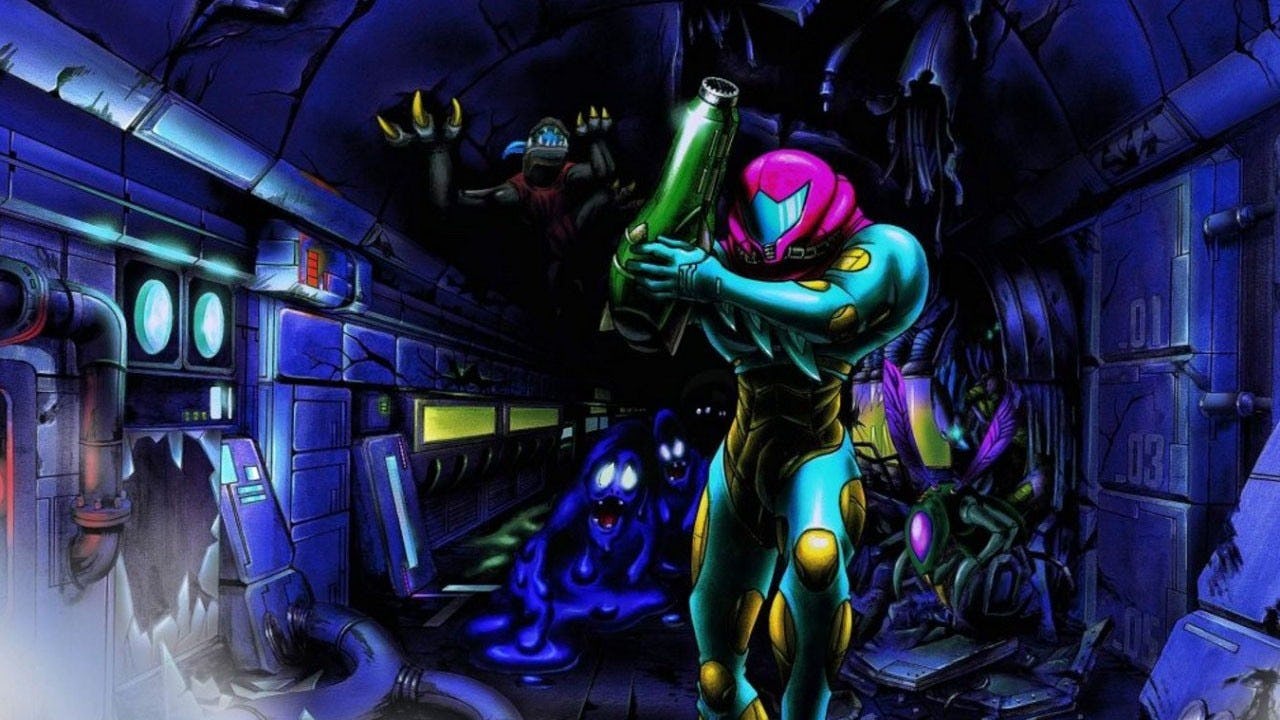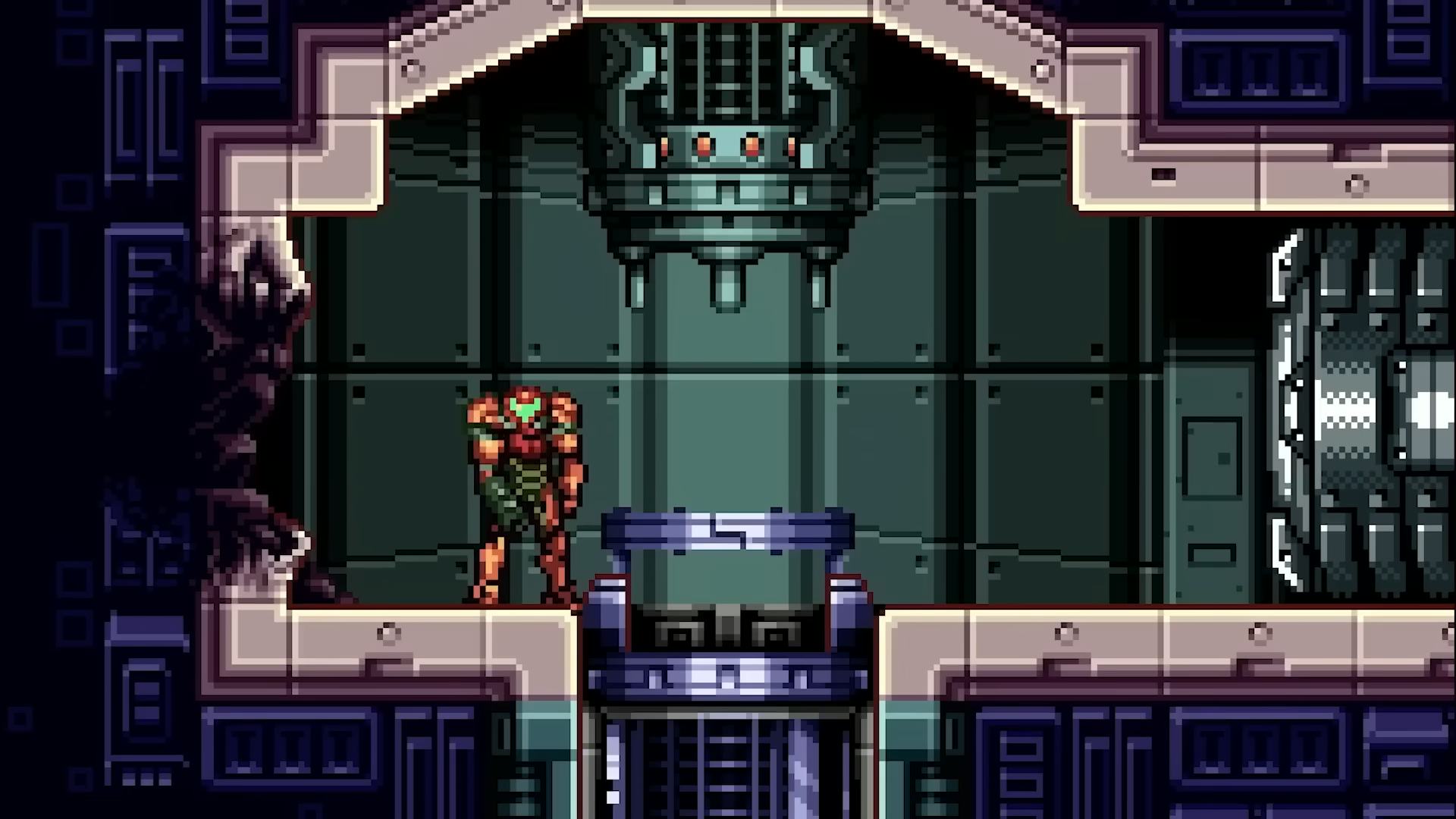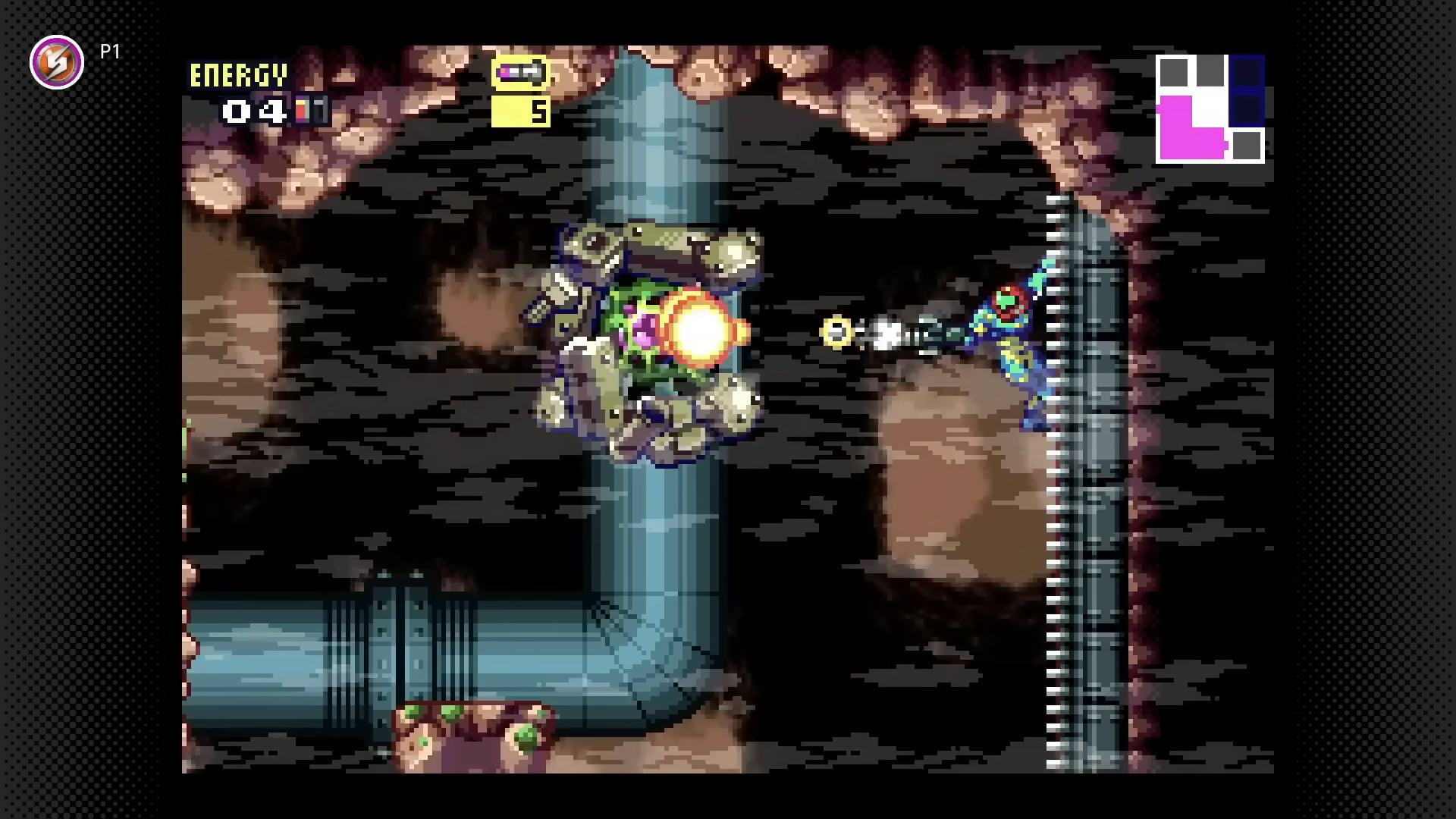
In the early 2000s, selling two games at once became something of a trend. Blame it on Pokémon, whose Red and Blue sold approximately a bajillion copies. The only difference between the Red and Blue versions was which Pokémon you got, and the mandate to “catch ‘em all” made grabbing both irresistible.
It was also a period of technological shift, as the second generation of 3D consoles became the unquestioned top dogs. But Pokémon had shown that the consoles no longer had to operate alone. Games like Pokémon Stadium had shown that big consoles like the N64 could operate in cohesion with their handheld siblings.
But while some franchises had moved naturally into 3D, others struggled. Metroid had missed the N64 entirely, with the console coming and going without an entry. The game’s shape-shifting exploration felt like it belonged to the 2D era. Plus, the fact that any developer would invite direct comparisons to an undisputed classic like Super Metroid made any potential game a tough mountain to climb.
But climb a developer did, and suddenly in 2002 there were not one but two new Metroid games. There was the showstopper, the GameCube’s Metroid Prime. But there was also the side project, the second part of the one-two punch, the GameBoy Advance’s Metroid Fusion, which is available right now if you’ve subscribed to Nintendo Switch Online + Expansion Pack.
Nintendo R&D1 didn’t want to simply pay homage to Super Metroid. Samus’s suit is visibly different from her iconic brown and yellow look, a difference that will matter in the game. After her adventures deep within the bowels of SR388 in Super Metroid, the planet’s surface apparently offered up another nasty surprise for Samus: X parasites, macro-amoeba floating energy suckers. They almost kill Samus, if not for a vaccine made from cells of the infant Metroid that she had “adopted” in the 1994 game.

The result is a new Samus, more Metroid than ever. The X parasites no longer affect her, and in fact can even help her, but she has new weaknesses, like the cold. Her suit, fused with both the baby Metroid and the X parasites, has turned bright blue.
Fusion is a much more directed experience than Super Metroid, with a helpful map guiding the way. Perhaps more than any other gameplay mechanic, Fusion’s biggest addition to the world of Metroid might be Navigation Centers, rooms in which Samus is very clearly told what to do and where to go. She’s in a space station with only a computer for company, she names it Adam after a commander who respected her.
Samus and Adam aren’t exactly friendly, but there’s a level of respect between them that feels earned. Samus notes in a cutscene that the real-life Adam was one of the few Space Marines who didn’t see her gender as a joke. Taking orders from a computer, especially one as blunt as this one, chafes at her. But amidst her frustration, she’d rather be taken seriously than as a joke. It would be too much to say that Fusion asks what it means to be a woman in the workplace, but the game offers some fascinating ideas even if it doesn’t develop them fully.

The parasites can give life just as they take it away, and are constantly seen flying around the space station rebuilding enemies that Samus has just turned into goo. To battle the endless enemies, Samus has her blaster, of course, and missiles. Missiles are crucial, with the ability to knock out tougher enemies and break up gross blockages.
As the game moves forward, Fusion unveils its best trick: the only thing that can defeat Samus Aran is Samus Aran. Going from the hunter to the hunted is what has defined the series, and the innovations here helped the game rise above being on the B-tier, hidden behind a GameCube game. Now that it’s on the big screen, it’s time to play the game that inspired Metroid Dread. It’s pretty thrilling in its own right.







